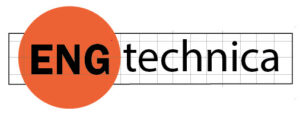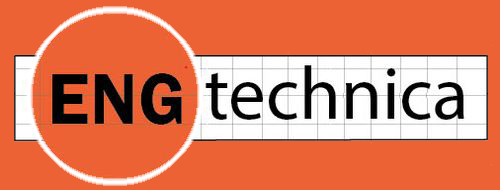There is no better argument for simulation than a virtual wind tunnel. Wind tunnels cost millions to make, thousands to rent, and unless you are near an automotive or aviation center, there’s no wind tunnel nearby. Their cost alone would steer you towards simulation. Siemens estimates the cost of one shift in their wind tunnel could easily exceed €20,000. You also have to factor in the cost of a full-scale prototype.
Product design cries out for a virtual wind tunnel. So many product shapes would benefit from streamlining. Think of boxy trucks, railroad cars with their miles of containers, and cargo and tanker ships, all of which use brute force to shove air and water out of their way. But the flow separation, the turbulent wakes, trailing vacuums and other phenomena that add up to enormous energy costs are all out of sight and out of mind.
Computational fluid dynamics, or CFD, means to make fluid flow visible. However, the computational power required to solve the millions of equations in even a simple CFD analysis is daunting. To simulate smoke trails for something the size of a car model in detail, in real-time, was impossible.
Until now.
Introducing OMNIVERSE Blueprint
NVIDIA’s CEO and founder, Jensen Huang, in a special address at SC24, the Super Bowl of supercomputing recently concluded in Atlanta, Georgia, showed a fully operating virtual wind tunnel. It was a proof of concept, meant to show the potential of “infinite computing,” as racks of GPU servers are being sold, but nevertheless an eye-popping sight. We see a virtual tunnel that a frustrated engineer, denied an actual wind tunnel, could only dream of. We see the flow around a vehicle with smoke trails like in a wind tunnel. We see game-quality graphics, but we are assured the flow is real, i.e., based on CFD results. We see it in streamlines and pressure fields the way a CFD analyst would study it.
We see changes made at the push of a button. The car body swapped for another. At different heights above the ground, mirrors added and removed. We see the flow change immediately for every change.
What don’t we see? We don’t see the CFD mesh. We have to wonder how carefully the mesh was generated; knowing the mesh in the boundary layer is critical. We make a mental note to check before use. Only if the boundary layer mesh is adequate would we be able to enjoy freedom from meshing. We think of all the time that must be spent in getting a CAD model ready for simulation and meshing of the flow volume. A vehicle’s carefully detailed features, the wipers, trim, grill, and tire treads are removed in a process known as “defeaturing.” We do it so we don’t choke the computer, so we get results this week. NVIDIA has done away with that, as to say the size of the mesh, the number of equations to be solved, is of no concern. In other words, with the limitations of computing power eliminated, we may have entered the hallowed world of infinite computing.
In the video, we see the model geometry change and the flow immediately adapt.
Wait for It
Alas, the virtual wind tunnel is not yet a product you can buy or rent. It is a technology showcase named Omniverse Blueprint that is shown to various simulation vendors, such as Ansys, Altair, Siemens, and Luminary Cloud. These existing simulation vendors can plug their CFD into NVIDIA’s Omniverse to get a dynamic real-time simulation and, as an added bonus, also get gorgeous game-quality graphics.
NVIDIA has made a habit of supplying industry-specific software, such as for gaming and, more recently, AI, that makes use of their hardware, specifically GPUs. Omniverse Blueprint is that for simulation, with “powerful NVIDIA acceleration libraries, physics-AI frameworks, and advanced interactive rendering techniques, delivering simulation speeds up to 1,200 times faster and enabling real-time visualization.”
“Omniverse Blueprints are reference pipelines that integrate NVIDIA’s AI technologies, empowering leading CAE software developers to build next-generation digital twin workflows that will transform industries—from design and manufacturing to operations,” said Huang.
CFD is the first of the CAE applications shown. Presumably, FEA would follow. Next: design optimization?
We can only hope. NVIDIA can lead horses to water, but they can’t make them drink. Will simulation companies take advantage of the infinite computing being offered if it makes simulation invisible, like an engine under the hood, with only its results visible? Or will they want to keep showing off their finely crafted mesh, their cantankerous engines, their source of pride?

